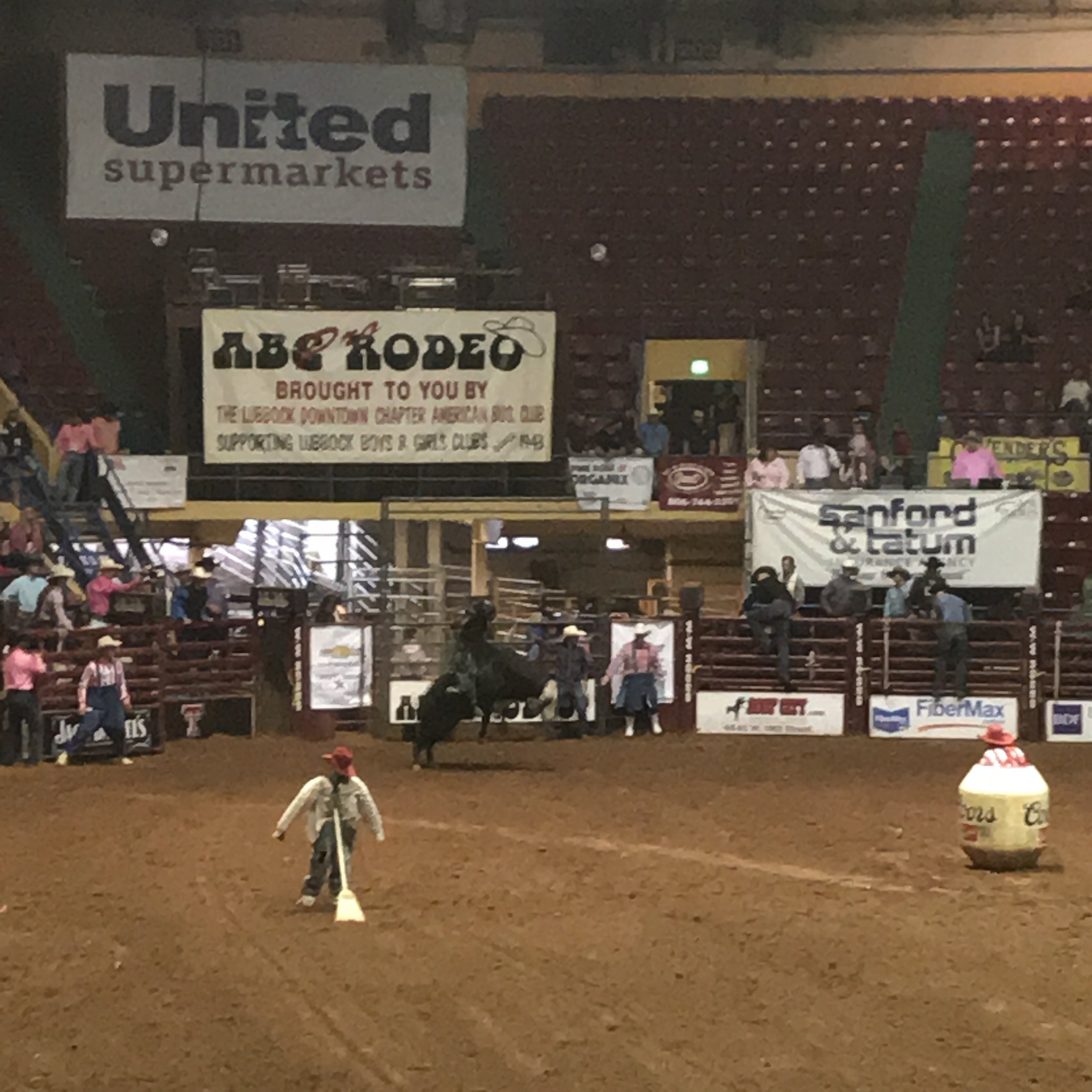Today's continental philosophy class invited an assistant professor for drawing and painting to talk about how theory can be a catalyst for her work as well as an affirmation of her direction. Prof. Fremaux spoke on how drawing is about "excavation" whereas painting is "burial." Drawing is utility of lines that make, render visible and she cited Deleuze as a means of becoming, a generative process. Drawing is a series of action taking place; in which she discussed about portraiture on how she balances between Levinas and Deleuze when it comes to the "face."
Her practice is portraiture but she is not for representation and not for mimesis (likeness), but she investigates on "becoming." For Levinas, the emergence of the face is a moral principle because the act of face-to-face grounds all human existence. A portrait under the lens of Levinas would be imagining the other's interior life via exteriority.
Deleuze disagrees and goes for the face as forged politically. Prof. Fremaux discusses that the face "is not part of the body" and that it "emerges when the body is 'divided' according to culture.'" the division caters to a hierarchy which depending on the situation, places the face as a matter that can slip between identities. this play of identities expresses possibilities hence the political nature of the face.
The most interesting part of the class is that we were given a blank piece of paper and Prof. Fremaux told us to explore our own faces according to our own touch. We do not look at mirrors but to feel the fleshiness, the hardness of some parts of the face, the dips, the undulation and then draw these via lines. I enjoyed this activity so much because I never really drew anything via exploration of the touch. It is all about the preeminence of the sight, the gaze. Which Prof. Fremaux cited Deleuze's writing "[...] see through your skin [...]"
I like it that Prof. Fremaux mentioned that the face is a tiny part of our head and yet the most potent. She asked us to explore via touch our cranium, then our forehead, then our face....and this is what I came up with....it looks like I really feel my nose is bulbous. I look like a sleeping Asian Uncle Fester.
Major takeaway from this class is how critical theory, philosophy can help artists re/frame our practice. Lord knows how many times have I heard from visual artists that discard theory so easily thinking it is an obstacle. The gift of today is Prof. Fremaux has confirmed what I have been saying for some time now that theory is a partner to my practice. It is not the starting point of my practice. I don't think "Oh I am feeling dialectical today" and draws something. Theory helps me navigate my thoughts and feelings about subject matters and their renderings. Theory says that form and content are at the same level for me.
Asian Uncle Fester, is that you?


